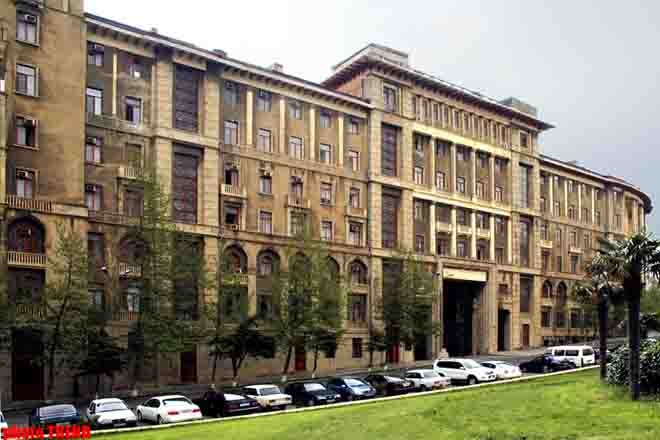Azerbaijan, Baku, Feb. 15 /Trend/
The Cabinet of Ministers of Azerbaijan has approved a program of development and introduction of digital television broadcasting system DVB-T.
The Communications and IT Ministry was charged with coordination of the program.
The program is aimed to improve TV and radio broadcasting in the country and transit to digital broadcasting.
Today, around 30 state-run, public, private and foreign TV and radio companies are broadcasting in Azerbaijan. Coverage area in the country by late 2010 was as follows: 1 program - 99.9 percent; 2 programs - 99.4 percent; 3 programs - 96 percent and 4 programs - 90 percent.
There are 14 nationwide (state-governed and private), 14 regional (private) terrestrial and satellite television, 13 nationwide (private) FM-radio channels.
In addition, there are three digital terrestrial and cable networks in Baku that broadcast about 100 channels on a paid basis.
Nine national TV channels - AzTV, ITV, Lider, Space, Xazar, ANS, ATV, Idman Azerbaycan and ATV INT broadcast with use of satellites, along with terrestrial broadcasting.
About 310 private and state-run ( the Ministry's PU Teleradio) stations of various capacities are broadcasting TV and radio programs in the country.
The program is aimed to develop broadcasting infrastructure, increase demand for digital television services, ensure information security of country's air space, broadcast on the basis of common technology standards, and provide interactivity through transmitting of more than 10 programs by one channel.
Switching to digital broadcasting will be realized in two stages while maintaining the analog one.
The first stage covering 2011-2012 includes ensuring broadcasting of at least one open package (8-12 channels) in Baku, Ganja, Nakhchivan and the border areas of the country, and as a result digital broadcasting is expected to cover 60-70 percent of the population;
The second stage covering 2013 includes installation of digital transmitters to broadcast two, three or more packages (each of 8-12 channels), which include, along with state, public, private and regional channels the ones of interest for the population.
It is expected to cease gradually broadcasting of analog transmitters with introduction of the program.
The program will be financed through domestic and foreign investments, technical and financial assistance, grants from international and foreign organizations, and other sources, not inconsistent with law.






